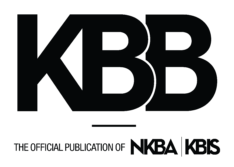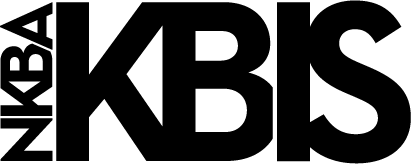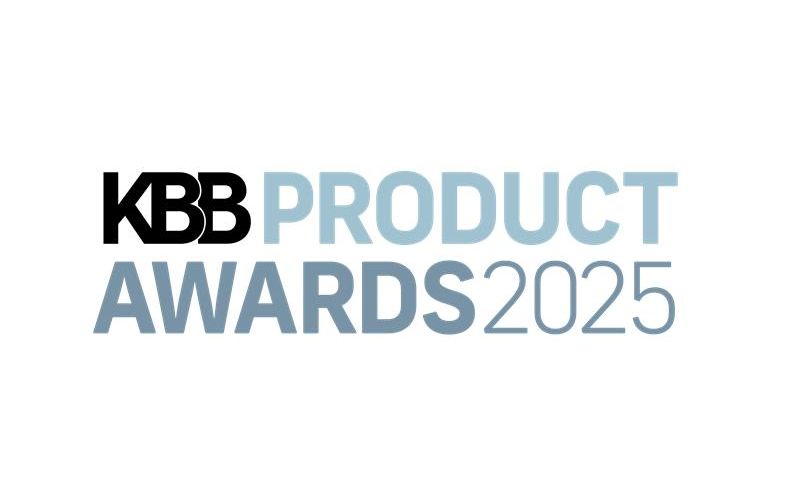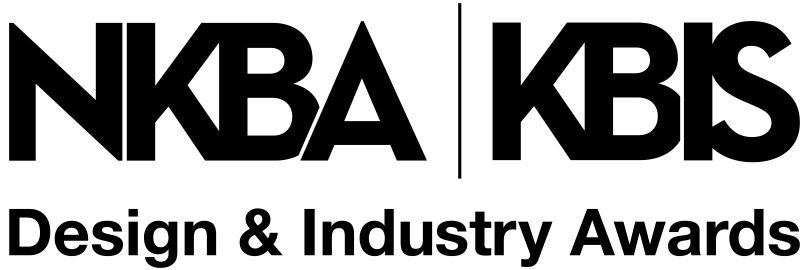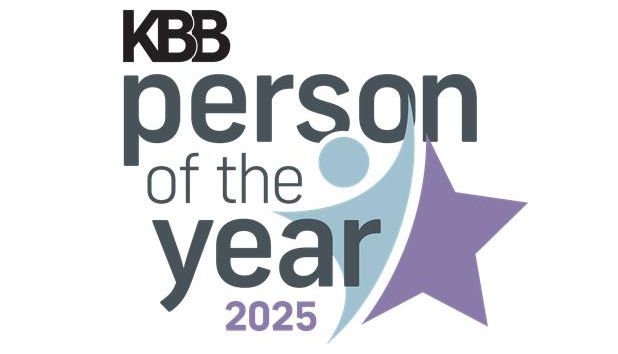Five Low-Lift Video Content Strategies to Engage Your Audience
Let’s face it – in the design and building products world, results speak louder than marketing buzzwords. Your work is made to perform, not pose.
But here’s the shift: today’s decision makers don’t just want to hear about performance – they want to see it. A short, real-world video can do what a web page or portfolio shot can’t: show your work in action, solving problems, saving time and holding up under pressure.
And the good news? You don’t need a production crew or a fancy setup. Your phone and a smart strategy are all it takes to start creating content that builds trust and drives decisions.
At GreenHouse Digital PR, we help brands capture attention with smart, strategic and real content – and yes, that includes turning smartphone clips into compelling stories. Here’s why video content matters now and five low-lift strategies for starting to use it effectively.
Why Video? Why Now?
More than ever, contractors, designers, homeowners and even journalists are making decisions based on what they see online.
Video content helps brands:
Show how designs perform on real job sites
Simplify complex or technical features
Build trust with new and established partners
Stay visible across social media and digital channels
Repurpose field footage for PR, sales and marketing
Video is a practical way to communicate value, demonstrate performance and stay visible in a competitive market – and it’s more accessible than ever.
Here are five straightforward strategies you can use to make the most of video content, using tools you already have.
1. Shoot Jobsite Videos Right from the Field
Why it matters: Real-world proof is powerful. If your product saves time, improves efficiency, or stands up to tough conditions, video is the fastest way to prove it.
What works:
A quick clip of a product being installed
A time-lapse of a wall system going up
A contractor sharing why they like working with you
Pro tip: Use your phone’s landscape mode, add a few context notes and let the footage speak for itself. Don’t overthink it – raw and real wins here.
2. Create Fast Explainers for Technical Features
Why it matters: If your brand offers something unique, your audience needs to understand it quickly – without needing to dig for information.
What works:
A voiceover or on-screen text explaining what’s happening
A “point and talk” video from your project manager
An animation or screen recording dropped into your footage for context
Pro tip: Film a product demo at your desk, on a jobsite, or in your showroom. Add captions later to make it accessible and easy to share.
3. Capture Customer Testimonials on the Go
Why it matters: People trust people – especially when they’re in the same field. A builder, vendor or homeowner talking about your work in their own words adds major credibility.
What works:
A short selfie-style video from a happy customer
A client explaining why they recommend your work
A quick “this saved us a full day” moment after an install
Pro tip: Don’t script it. Ask one or two questions and hit record. Authenticity builds trust, and a one-minute clip can go a long way.
4. Use Storytelling to Highlight Your Brand’s Why
Why it matters: Buyers want to know who they’re doing business with. Your mission, values and team are all part of your competitive advantage.
What works:
A behind-the-scenes look at your studio or showroom
Your founder or team lead explaining your latest project
A short clip spotlighting your sustainability process or materials
Pro tip: Keep it short, real, and human. Don’t worry about perfect lighting – a steady hand, a good story and some clean audio are what matter most.
5. Turn One Clip into a Month of Social Content
Why it matters: Not everyone sees your content the first time. Repurposing one good video into multiple formats keeps your message moving without extra effort.
What works:
Break longer clips into Reels, LinkedIn posts, and stories
Pull a quote or stat from the video and turn it into a graphic
Pair a short video with a blog or email campaign
Pro tip: Don’t let good footage sit in a file folder. Even a 10-second clip can become a scroll-stopper with the right caption and call to action.
Your Next Step: Make Video Part of a Bigger Strategy
Video is most effective when it’s treated as a long-term asset, not just a one-off post. Whether you’re working with polished footage or smartphone clips, a thoughtful strategy ensures your content is seen, understood and remembered by the right people.
—Riley Hosman is an associate account manager at GreenHouse Digital + PR, a Chicago-based public relations and digital marketing agency with a niche focus on the design and construction industry



